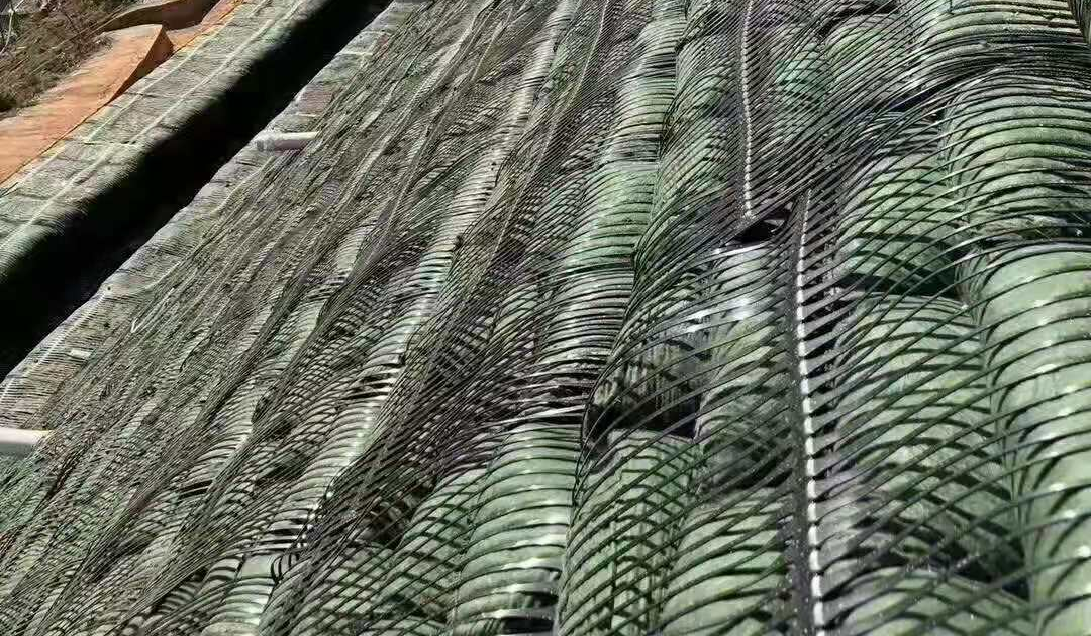How Geosynthetics Strengthen a Geogrid Retaining Wall System
A geogrid retaining wall is a cost-effective, long-lasting solution used in civil engineering and landscape architecture to stabilize slopes and support soil structures. Backed by geosynthetics technology, these walls combine structural integrity with material efficiency, playing a critical role in modern infrastructure projects.
What is a geogrid retaining wall and how does it work?

A geogrid retaining wall is a type of reinforced soil structure that uses geogrid materials—polymer-based meshes installed between soil layers—to provide added tensile strength and prevent lateral movement. These walls are especially useful in retaining steep slopes and preventing erosion or collapse in both urban and rural projects.
Geogrids act like soil reinforcements, interlocking with surrounding materials to distribute loads and enhance stability. They are commonly used in roadway embankments, bridge abutments, and landscape terracing.
What types of geosynthetics are used in retaining wall systems?

In addition to geogrids, retaining wall systems may incorporate:
- Geotextiles for filtration and separation
- Geomembranes for waterproofing
- Geonets for drainage
- Geocells for confinement
Each material plays a distinct role. For instance, geotextiles can prevent mixing of soil layers, while geonets can direct groundwater away from the wall. However, geogrids are the primary reinforcement mechanism in reinforced soil walls, offering high tensile strength and longevity.
What are the benefits of using geogrids in retaining walls?
Using geogrids in retaining walls offers numerous benefits, including:
- Increased load-bearing capacity
- Reduced construction costs (by using on-site fill)
- Improved slope angles and wall heights
- Long-term performance with minimal maintenance
According to the International Geosynthetics Society (IGS), reinforced soil structures with geogrids can reduce material costs by up to 30% compared to traditional gravity walls. This makes them particularly attractive for large-scale infrastructure projects and areas with limited budgets.
How large is the market for geogrid retaining wall systems?
The global geosynthetics market is expanding rapidly, driven by increased infrastructure spending and environmental protection needs. According to a 2024 report by MarketsandMarkets, the global geogrid market is expected to reach USD 1.8 billion by 2028, growing at a CAGR of 8.2% from 2023.
This growth is fueled by demand in road construction, retaining structures, and mining. Governments worldwide are increasingly adopting geosynthetics to address soil stability, climate resilience, and cost-efficiency in construction.
Geosynthetics, especially geogrids, continue to revolutionize civil engineering practices. Whether for highways, railways, or urban developments, the geogrid retaining wall remains a cornerstone of modern, sustainable, and high-performance earth retention solutions.
Comments
Post a Comment